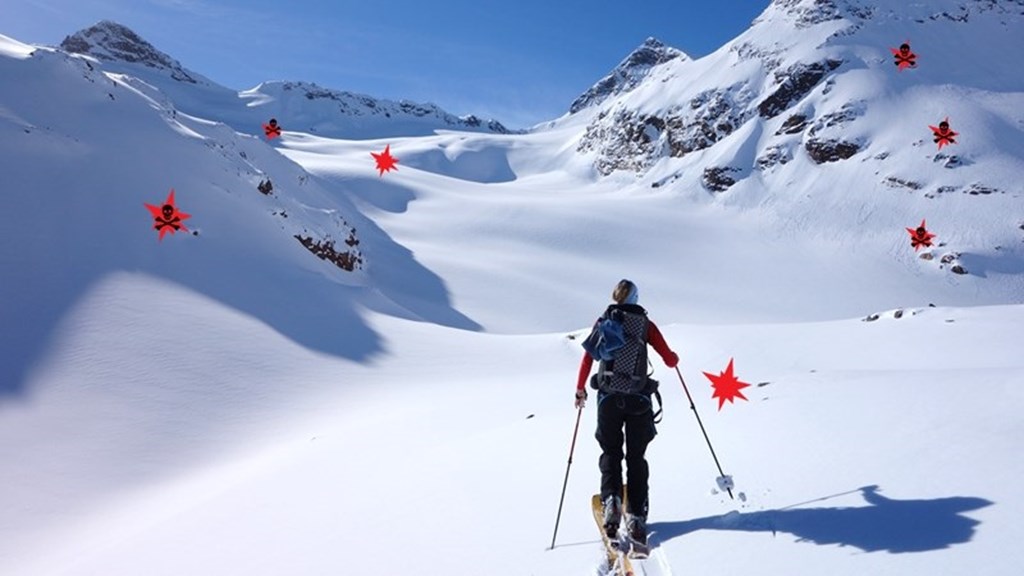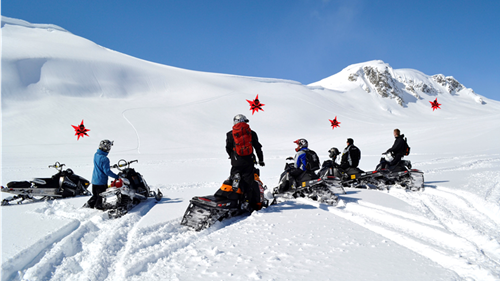Skitouring in a minefield – persistent weak layers
You get no danger signs, the snowpack seems stable, and the avalanche danger level might even be moderate. Suddenly a big avalanche is released out of the blue. What happens? How is it possible?

If one of the avalanche problems is «Persistent weak layer», travelling safe in avalanche terrain is extra challenging. The landscape has in fact turned into a minefield; you can never really know where an avalanche can be released from. A difficult and potentially dangerous situation.
This is the case for the northern parts Norway right now. The persistent weak layer is covered by hard or thick layers of snow, and gives few or no danger signs. This can give you a wrong impression of a stable snowpack. However, should you be unfortunate enough to release an avalanche, it might be big and very dangerous.
The best advice in this situation is to be very careful when travelling in avalanche terrain. The safest thing to do is stay away from both release- and runout zones completely, even if the danger level is “only” level 2-moderate avalanche danger. You should always read the avalanche problems in the foreacst and follow the travel advice. Just reading the danger level will not help you in these cases.
Remember that the danger level only describes the combination of the probability for releasing an avalanche, size of expected avalanches, and how many steep slopes that probably have this problem.
You might have to change plans and choose another route, but the most important thing is to return home safely!

The scenery is beautiful, but there are several «mines» hidden in the terrain, especially where the snow cover is thin. Keep your distance from the steep slopes, remember potentially runout zones. Remote triggering is typical for persistent weak layers.